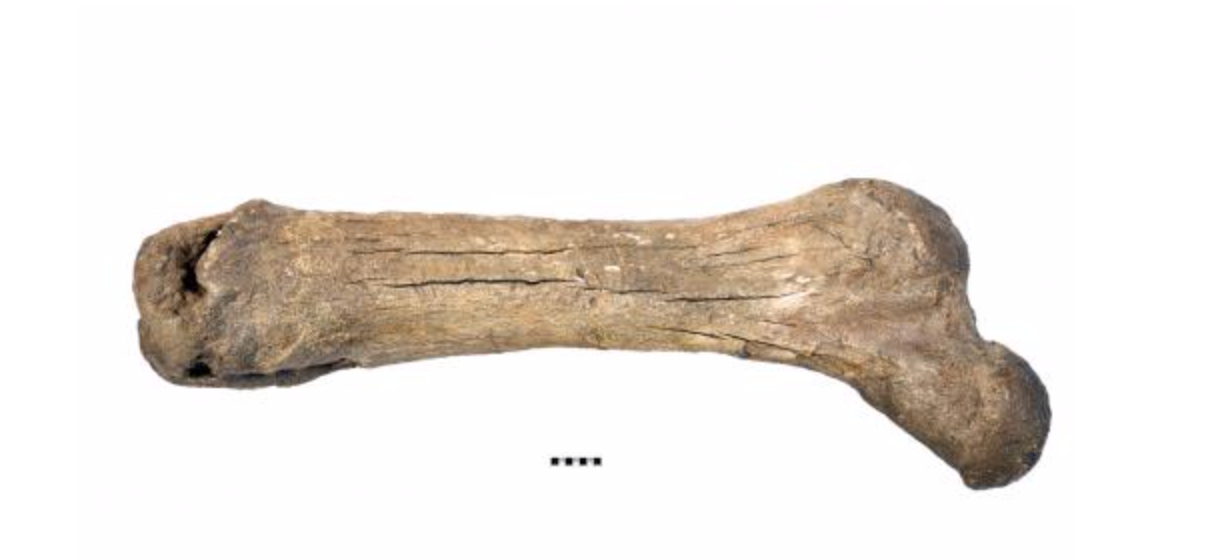For the fossil hunter
I thought since fossil hunting is becoming more popular these days and it is a great opportunity to spend some time on the beach, I would put together some information on our local history of fossil hunting and where you can do this yourself!
Sydney Mines Heritage Museum and Cape Breton Fossil Centre
159 Legatto St, Sydney Mines, NS
An expedition to hunt carboniferous plant life wouldn't be complete without first visiting Sydney Mines. Sydney Mines is home to an incredible fossil forest. I really recommend visiting the Cape Breton Fossil Discovery Centre to explore our 350 million year old heritage that formed the Sydney coalfields.
The Fossil Interpretive Centre offers visitors a unique hands-on learning experience. Featuring a large collection of fossils from Cape Breton and elsewhere, visitors get a first-hand look at the past. The staff is also very helpful and might even give you some tips and secret spots!
SOME AMAZING LOCAL DISCOVERIES
Middle River, Cape Breton Island 1834 - Femur
The first mastodon bone found in Nova Scotia was discovered by Alexander “Big Sandy” McCrae around 1834. He came across it while ploughing his fields a short distance from a riverbank. It turned out to be the right femur of an adult mastodon. The bone was excavated from the earth, only about five inches from the surface, and found to be in very good condition. Radiocarbon dating and other evidence places the femur at around 75,000 years old. This means the animal was alive before the last glacial event that covered Nova Scotia in a thick layer of ice. That ice sheet began melting about 15,000 years ago, leaving the bone to be discovered by McCrae all those years later.
Little Narrows Gypsum Quarry, Cape Breton Island 2014 - Tibia, rib, & bone fragments
The most recent mastodon fossil was found only a short distance from the 1834 discovery in Middle River. A sinkhole in the Little Narrow Gypsum Quarry yielded a shinbone (tibia), rib, and numerous bone fragments. Like the mastodons discovered in Milford, this animal likely stumbled into a sinkhole and became trapped.
The quarry supervisor was quick to spot the tibia protruding from the rubble after rock was blasted in that area. They contacted the Department of Natural Resources and the Nova Scotia Museum who quickly assembled to excavate the rare find and sift through loose material for other bone fragments.
Sydney, Cape Breton Island 2017 - varanopid synapsid remains
A fossil found in Cape Breton by Carleton University researchers has unearthed evidence of the earliest known example of parental care.
The fossil was discovered in 2017 on the coast in the Sydney area. It includes a previously unknown species of synapsid, which resembles the modern day monitor lizard; the adult specimen sheltering a juvenile of the same species by encircling it in its tail behind a hind limb.
The fossil was found in a tree stump and dates back 309 million years, 40 million years earlier than the previous example of the earliest known example of parental care. It describes the discovery of a large and small lizard-like reptile known as a varanopid synapsid; the oldest evidence of a four legged animal that was on land.
WHERE TO FIND FOSSILS
DISCLAIMER: Provincial law states that you may not remove any fossils that you find protruding from the side of a cliff. However, you may take (within reason) any fossil that you find lying on the ground, or on the shoreline. However, all fossils remain the property of the province of Nova Scotia. (Should you find a dinosaur bone, it would more than likely be confiscated by the provincial government for display in a museum.) Do not approach the cliffs edge or stand beneath the cliffs overhand and always plan around hunting at low tide.
SYDNEY MINES
Sydney Mines is one of eight important fossil sites in Nova Scotia, and is known internationally for excellent examples of plant fossils. These Coalfields extend 21 miles along the Cape Breton coast dipping under the Atlantic Ocean.
There is a small area to park at the end of Lamonds Street, this will provide you access to Island Beach. Walk up the beach toward the coal seam and fill your boots. You can also visit Florence Beach or Lochman’s Beach for some good pickins!
POINT ACCONI
You will park on the gravel road nearest to the lighthouse and make your way to the tip of the point. Due to the fragile nature of the sandstone and shale, the cliffs are very dangerous so be very careful when approaching the edge. There is a spot to make your way down to the shoreline but be mindful of your footing when navigating the slope. Each year up to one foot of the cliffs is lost to erosion, which means that the cliffs are usually undercut to some extent so staying away from the cliffs when on the beach is recommended as well.
SCHOONER POND, DONKIN
This area is rich with history, whether it be the hundred years of coal mining or the several hundred year old shipwrecks off the coast of ghostly Flint Island. But nothing even comes close to the incredible 300 million year old carboniferous era fossils on the beach below.
This area (similar to Point Acconi) has a very unstable cliffside so please heed the same warnings and precautions.
When you arrive at the beach, follow the old dirt road along the beach until you come to the hiking trail. It looks like an ATV trail and you may want to wear waterproof footwear because the trail is often wet. Follow this trail around the pond and carefully make your way down to the shoreline. Don’t forget to have fun!
Written by: Jonathan Kanary




